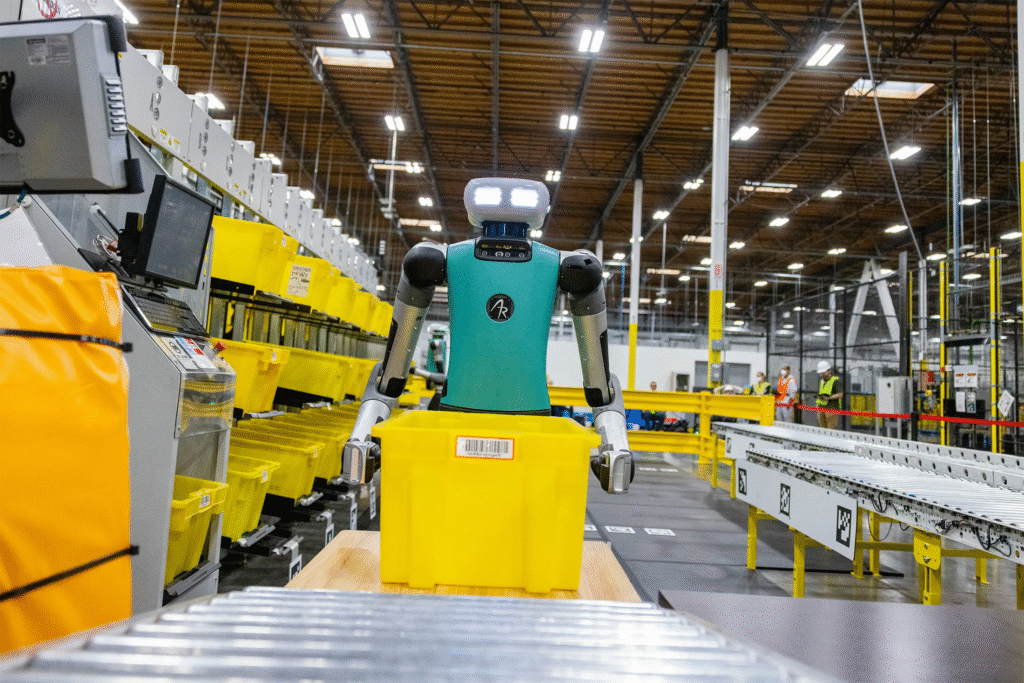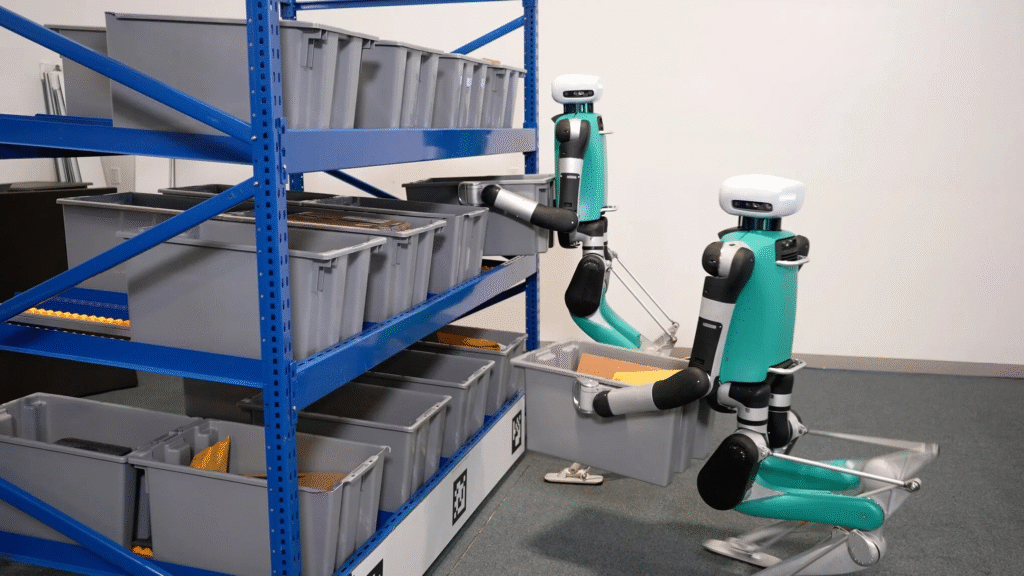Many people worry that robots will take over jobs, but Amazon is trying something different. The past year has seen Amazon introduce a robotic assistant known as Vulcan, who works alongside personnel in warehouses. Amazon says the intention is not to replace employees, but to help them through learning tasks, such as servicing robots. This advancement can begin to change the way people perform their duties in the future.
How the Vulcan Robot Makes Work Safer
Warehouse jobs can be tough. Workers often climb ladders, bend down, or lift heavy items all day. Amazon’s Vulcan robot is designed to handle these hard physical tasks. It uses special sensors to “feel” objects and pick them up safely from high shelves or low bins. This means fewer injuries for workers.
Take, for instance, Maria, who worked in a Texas warehouse, would climb ladders 50 times daily. Now, Vulcan does that job. Maria trains to become a robotics technician, learning how to fix and manage the robots. Amazon says hundreds of new jobs like this have been created.

Training Workers for the Future
Not everyone can become a robot expert overnight. Amazon offers classes to teach workers basic robotics skills. These jobs pay more than traditional warehouse roles but require problem-solving and technical knowledge. Workers like James, who joined Amazon after high school, say the training is challenging but worth it.
- Why this matters
Many workers without college degrees worry robots will take their jobs. Amazon’s plan gives them a chance to grow. - The big challenge
Not every worker wants to fix robots. Some prefer their old jobs or lack interest in tech.
Will Other Companies Follow Amazon?
Amazon is not the only company using robots. Factories and grocery stores are testing similar technology. However, most small businesses still rely on humans. For example, cashierless stores like Amazon Go faced problems when the technology failed. Many customers also prefer talking to real people.
What Workers Think About the Changes
Some employees are excited to learn new skills. Others feel stressed. John, a warehouse worker in Ohio, says he likes working with robots but misses his old team. “Robots do not chat during breaks,” he jokes.
Amazon admits the transition is not perfect. Not every worker will qualify for tech roles. But the company believes robots and humans can work together. As Vulcan robots spread to more warehouses, they could inspire other companies to invest in training programs.

The Future of Work
Automation has come in, but it will not replace human workers completely. Instead, jobs are changing. To remain competitive, many workers may be compelled to revise their skill sets, acquiring basic technology knowledge. To prepare people for the future, it will be essential that schools cooperate with organizations regarding workforce preparation. Until now, Amazon’s Vulcan robot shows what technology can do to open new horizons. Amazon is creating a new era of how work transforms by retraining warehouse workers as tech specialists.





